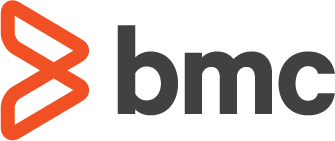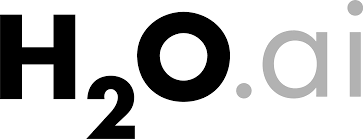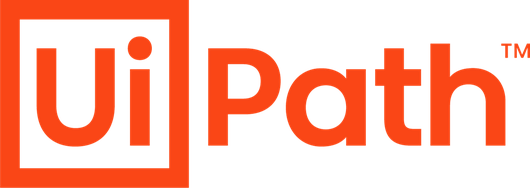Download this Case study as a PDF
Our customer is a Buy to Let (BTL) mortgage broker with access to a wide variety of lenders and brokers.
They provide mortgage solutions for new BTL landlords and investors, Portfolio Landlords, Landlords investing via a Limited Company and HMO Landlords.
They have a large variety of lenders from whom they source funds.
They have consistently won What Mortgage and Business Moneyfacts awards over many years.
The need for Robotic Process Automation (RPA)
The interfaces to their many lenders are web- based screens. There are no Application Program Interface(API) based solutions for direct integration with lender systems, nor do any of the lenders plan to create any.
Therefore, as part of the process of applying for a mortgage, the customer’s staff had to hand enter details on target websites by keying in information, most of which was on in their own Sage CRM system. They had full access to Sage CRM data from their own Web Intranet or via the MS SQL Server backend.
A great deal of time and effort was needed to key in this data, which had in effect already been captured on another of their systems. The manually keying and copying and pasting information from SAGE made the process labour-intensive and error-prone.
The customer was interested in RPA because of its ability to extract mapped data from their own systems and log into and load directly into the target web applications without any need for APIs, and for RPA’s inherent availability, reliability and freedom from human error.
The customer was aware that, if they mapped their CRM data to each target system’s web application, RPA could extract the relevant information from their CRM and enter it selectively on each screen as required.
Alternatives Considered
The customer considered hiring extra heads to execute the data entry manually, but was aware that this would have incurred heavy incremental costs for recruitment, training and resourcing the extra staff, and would have perpetuated data entry errors.
Reasons for Choosing Automation Anywhere
The customer had already decided that RPA was the solution to their needs, and the rapid self-service deployment model of Automation Anywhere made it their preferred RPA platform, with Extra Technology’s proven methodology the right way to implement it.
Evaluation via a Proof of Concept
Following initial meetings with Extra Technology, the customer decided the best way forward was to evaluate Automation Anywhere via a Proof of Concept(PoC). This was seen to have two advantages:
- Swift generation of confidence in Automation Anywhere and RPA.
- A better eventual full-scale RPA roll-out.
Two Extra Technology consultants had a site meeting with the customer to design the PoC, with the main objective of establishing that Automation Anywhere could interact as required with the target Mortgage Application Web GUI.
Approach
The decision was taken to use a pragmatic approach, capturing all screens from the target system and entering the data, which was provided to the team in the form of the screenshots at the beginning of the process.
An incremental issue arose, in that not all the required screens had been captured and documented in the screenshots , so some assumptions had to be made.
However, using a combination of Automation Anywhere’s web-recorder, smart recorder and object cloning techniques, each step was captured to a separate task with an over-arching task performing a master function.
PoC Deployment
The PoC was deployed over three working days, as follows:
Day One
- Initial discussion and investigation regarding the business process
Day Two
- Customer review and correction/amendment of some financial data
- Demonstration of PoC to customer executives
Day Three
- Further testing and performance enhancement
- Final testing completed, all information secured, all tasks uploaded to the control room
- Secure copies made for Extra Technology
- Final video capture made of the end-to-end process and sent to customer project leaders
Quantifiable PoC Benefits
The most dramatic benefit easily seen from the use of RPA is the speed with which the Proof of Concept system completes all the information in the target form and gets to the decision to allocate funds.
Tests revealed that the whole 15 step process up to decision-in-principle can complete in less than 2 minutes, as opposed to the task taking anything from 30 to 60 minutes or even longer with the manual system.
Full-Scale Roll-Out
Following the successful PoC, the customer commissioned Extra Technology to do a full-scale live roll-out of Automation Anywhere.
Mortgage applications fall into two main categories: retail and business. The initial focus was retail mortgage applications through a single mortgage vendor portal.
This was then expanded to include business mortgage applications through the same vendor, and then finally expanded to retail and business applications through multiple vendor portals.
The way that Automation Anywhere creates bots made it relatively easy to retask existing bots for use with different application types and different vendors.
The live roll-out took 12 weeks from design to live productive use, and finally involved over 2,500 possible paths through 15 vendor portal screens.
As with the PoC, application processing completion times were reduced radically – typically from around 60 minutes to less than 2 minutes.
This in turn freed the customer’s sales consultants to spend more time handling sales enquiries with commensurate increases in revenue.

Damian Griffiths is an Automation Anywhere Expert with highest level of vendor certification. He is a vastly experienced Automation specialist having delivered sophisticated automation solutions in Financial Services and Public Sector for over 20 years.
Copyright © Extra Technology Ltd. All Rights Reserved. All trademarks, trade names, service marks, and logos referenced herein belong to their respective companies.










